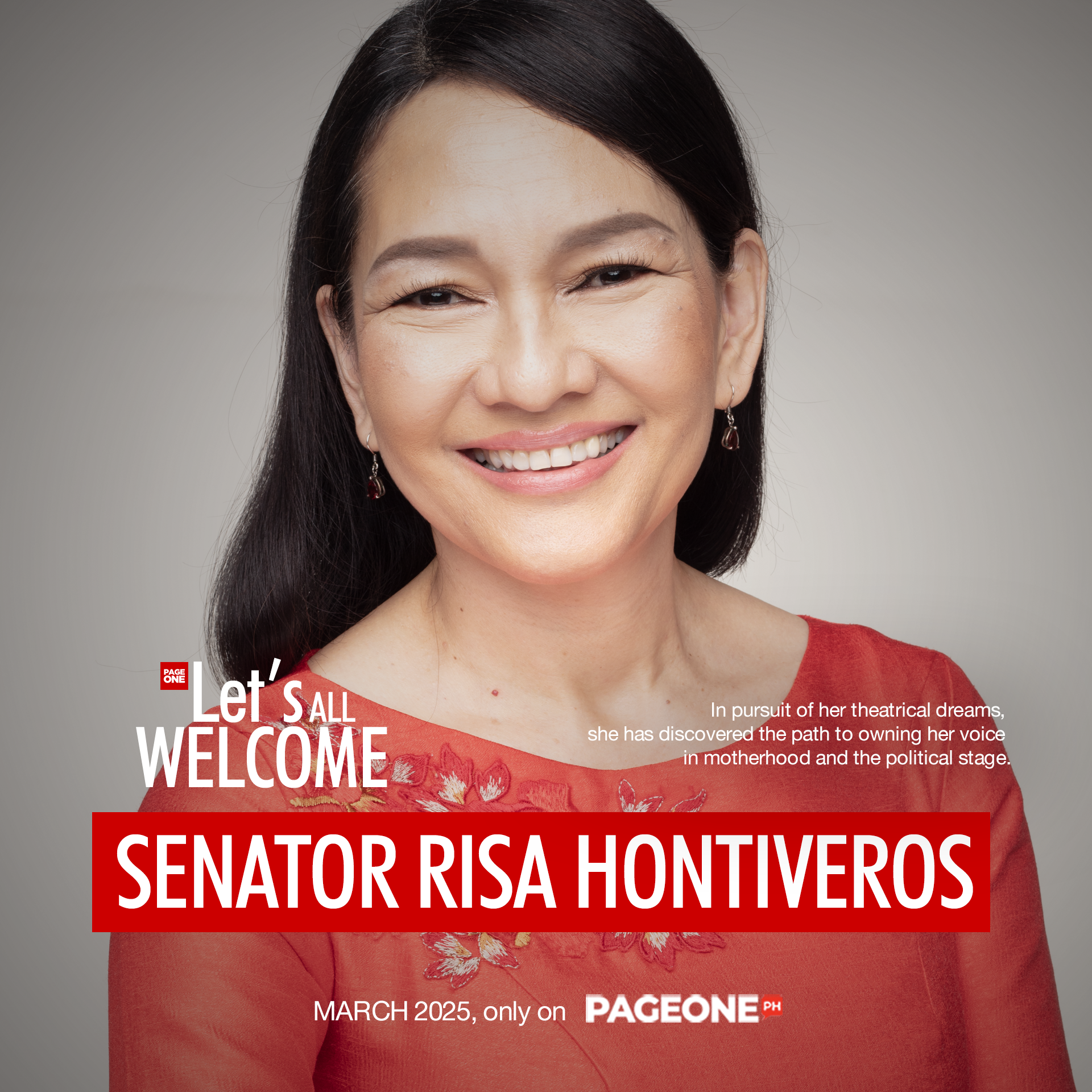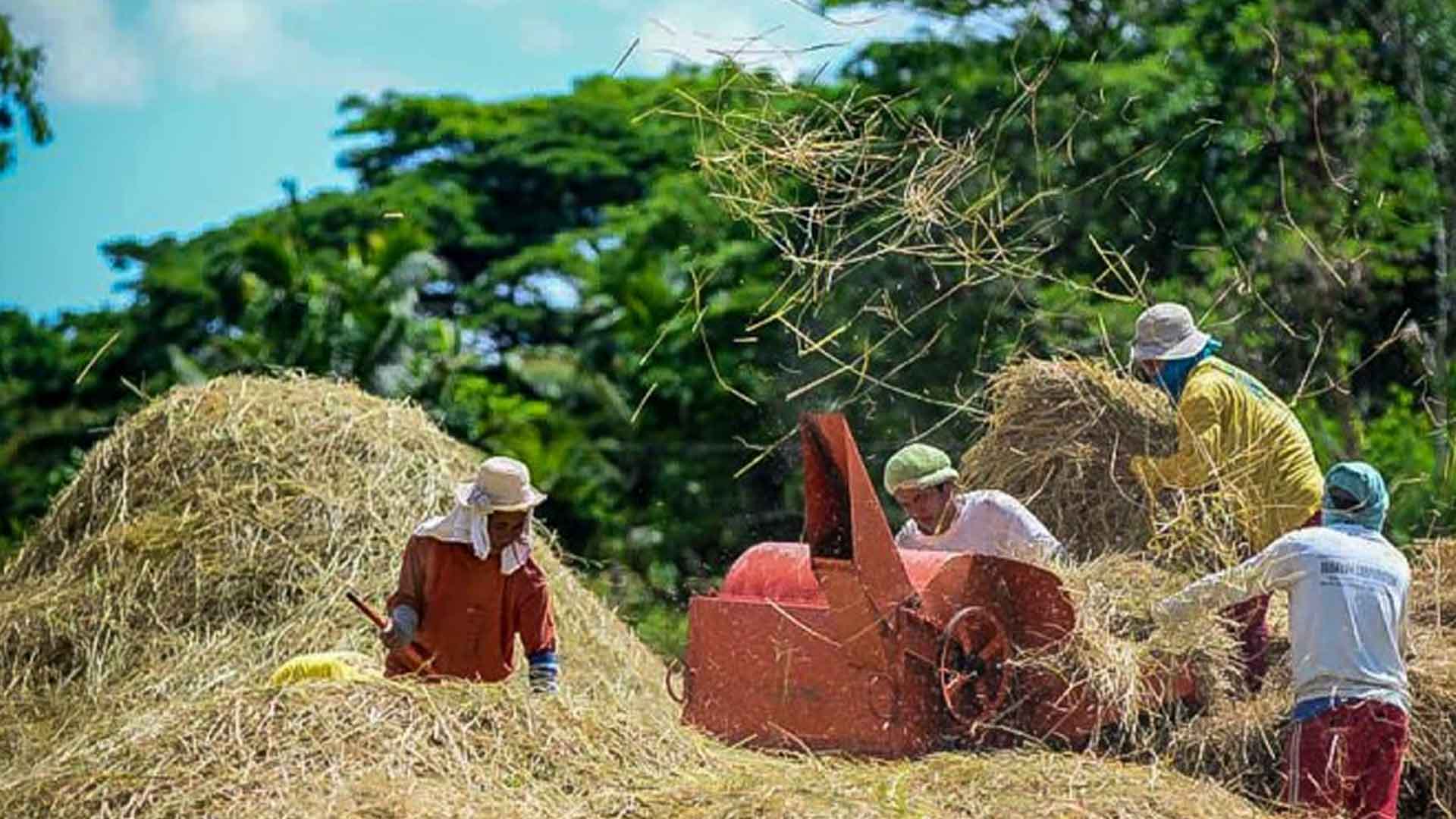Despite criticisms, Department of Agriculture (DA) Secretary William Dar on Thursday said the Rice Tariffication Law (RTL) is a game-changing reform policy that broke the decades-long inefficiency of the country’s rice sector and enhanced its prospect of being globally competitive.
“The RTL is a transformative reform that benefits all industry stakeholders – most particularly farmers and consumers – as it liberalizes rice trade by imposing tariffs on imports in lieu of quantitative restrictions and provides a yearly PHP10-billion budget through the Rice Competitiveness Enhancement Fund (RCEF) for six years to empower Filipino rice farmers and enable them to compete with their ASEAN counterparts,” Dar said in a statement.
He said rice is now cheaper compared to pre-RTL years, benefitting millions of consumers and farmers.
“Despite the blabber and noise by detractors, we see the RTL and RCEF as testaments to what a sustainable policy can do to help ensure food security for more than 100 million Filipinos,” he said.
He said data from the Philippine Statistics Authority (PSA) and DA-Agribusiness and Marketing Assistance Service (AMAS) showed that the RTL has significantly brought down the retail prices of rice.
The regular-milled rice is now cheaper at PHP36 to PHP38 per kilogram (kg) or PHP2 to PHP8 less than in 2018; well-milled rice is also cheaper by PHP2 to PHP5; and premium and special rice are sold PHP1 to PHP6/kg less than in 2018, the data showed.
Several milestones have also been achieved through the sustained implementation of the RCEF in combination with the DA Philippine Integrated Rice Program (PIRP).
Among these are the average palay production has increased by 17 percent to 4.26 metric tons (MT) per hectare (ha), from 3.64 MT/ha in 42 RCEF provinces; average production cost was reduced by PHP1, from PHP12.52/kg to PHP11.52/kg; and Seed requirement per hectare using mechanical seeder decreased by 67 percent from 90 kg to 30 kg; and by 33 percent to 60 kg via manual method.
Through its full six-year term, the RCEF aims to increase the country’s average palay production to five MT/ha from 3.64 MT/ha in 2019; reduce the production cost by PHP2/kg to PHP3/kg; reduce postharvest losses by 2 to 3 percent; and increase the average farmers’ income by 30 percent for those who have availed of RCEF drying and milling facilities.
Under the RTL, Dar said the Duterte administration is also providing unconditional cash assistance of PHP5,000, called the Rice Farmers’ Financial Assistance (RFFA) to Registry System for Basic Sectors in Agriculture (RSBSA)-listed rice farmers, tilling two hectares and below.
The RFFA is sourced from the excess rice import tariffs in 2019 and 2020 totaling PHP7.6 billion, net of the PHP20-B RCEF budget for the two-year period.
Dar started distributing the RFFA in October to RCEF beneficiaries, totaling 1.5 million farmers nationwide. The DA aims to complete the distribution by December.
Of the yearly PHP10-billion RCEF budget, PHP5 billion is allotted for farm machinery and equipment, PHP3 billion for inbred certified seeds, and PHP1 billion each for credit, and training, and extension.
59,125 beneficiaries
Dar said 59,125 rice farmers in Nueva Ecija were the latest beneficiaries of PHP5,000 direct cash assistance.
“The program is one of the many positive results of the RTL,” Dar said, adding that the RTL benefits outweigh the challenges.
“Mas marami ang nakinabang at mas marami ang naging positive developments or outcomes na idinulot ng RTL dito sa ating bansa (There are more people who are gaining from the RTL. It has also brought positive developments or outcomes for our nation),” he added.
To qualify for the RCEF-RFFA Program, the DA said rice farmers should be tilling two hectares and below and are enrolled in the RSBSA.
This year, 177,309 rice farmers in Central Luzon Region will receive a total cash assistance amounting to PHP886.5 million through the RFFA.
In partnership with the Development Bank of the Philippines (DBP) and the Land Bank of the Philippines (LBP), the DA-Central Luzon Regional Field Office will start distributing the multi-purpose Interventions Monitoring Card (IMC) to the RFFA beneficiaries.
On the other hand, the DA said the high fertilizer prices will promote a balanced fertilization strategy.
The agency has realigned the Rice Program budget for the procurement of compost shredder machines for distribution nationwide as a continuing intervention.
It has also submitted a request for funding to the Office of the President for the provision of fertilizer subsidy during the dry season planting. (PNA)







